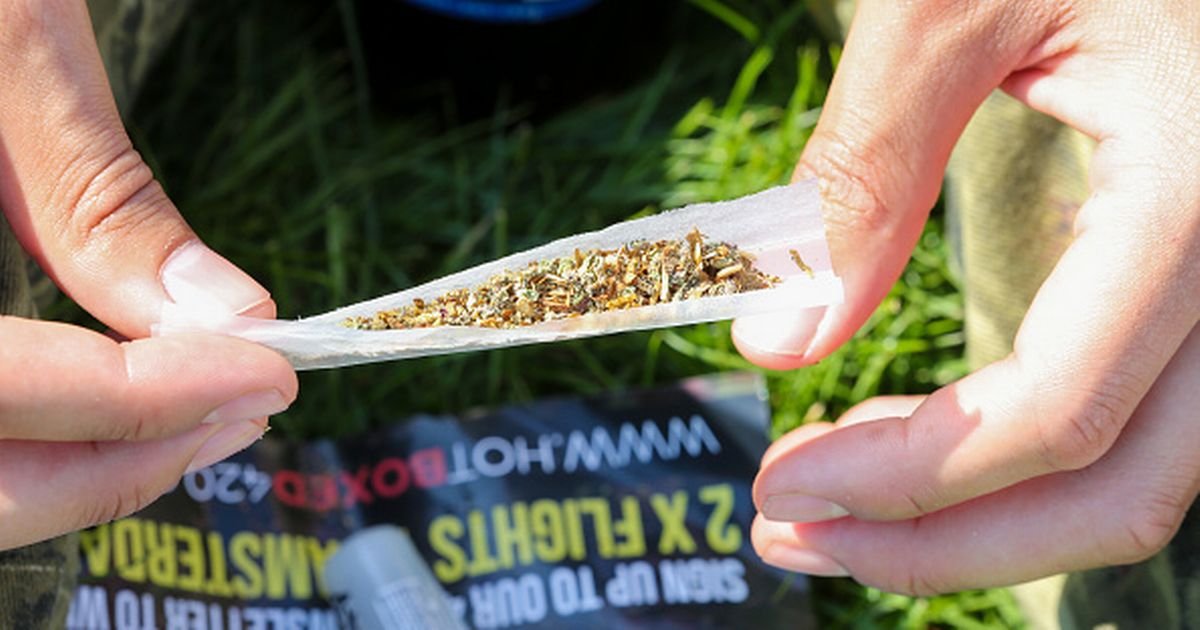Cannabis consumption among older adults in the United States has reached unprecedented levels, with a recent study indicating that approximately one in 14 individuals aged 65 and older reports using cannabis within the past month. This figure represents a significant increase of over 45% from just two years ago, climbing from 4.8% in 2021 to 7% in 2023. In stark contrast, less than 1% of older adults reported using cannabis nearly two decades ago.
The research, conducted by the Center for Drug Use and HIV/HCV Research at New York University, highlights notable demographic shifts in cannabis usage among seniors. Specific groups, including married individuals, college-educated adults, and those with higher incomes, have seen sharper increases in usage rates. The study’s senior author, Professor Joseph Palamar, noted, “Our study shows that cannabis use among older adults continues to increase, although there have been major shifts in use according to demographic and socio-economic factors.”
The findings were published in JAMA Internal Medicine and are based on data from the National Survey on Drug Use and Health collected between 2021 and 2023. Respondents aged 65 and older were categorized as ‘current’ users if they reported cannabis use in the month prior to the survey.
Previous research had limitations in examining current usage, primarily due to low response rates. However, this new study provides a clearer picture of cannabis consumption in this age group. Professor Benjamin Han, the study’s lead author, stated, “This is the first time we were able to examine ‘current’ use of cannabis in this age group.”
The data indicates that older women are also increasingly turning to cannabis, although men in the same age group still report higher usage rates. Interestingly, the study found that older adults living in states where medical cannabis is legalized exhibited greater increases in usage compared to those in states where it remains illegal. Professor Palamar commented on this trend, suggesting that the growing acceptance and availability of medical cannabis likely contribute to the rising numbers.
The study also revealed a shift in cannabis usage patterns based on income. Previously, older adults with higher incomes had lower rates of cannabis use in 2021. However, by 2023, this demographic showed the highest prevalence of cannabis use, possibly reflecting greater access to medical cannabis due to its costs.
Overall, this research underscores a notable trend: as more states legalize cannabis for medical and recreational use, older adults are increasingly incorporating it into their lives. The substantial increase in cannabis usage among seniors signals evolving attitudes and greater acceptance of cannabis as a viable option for various health and wellness needs.




